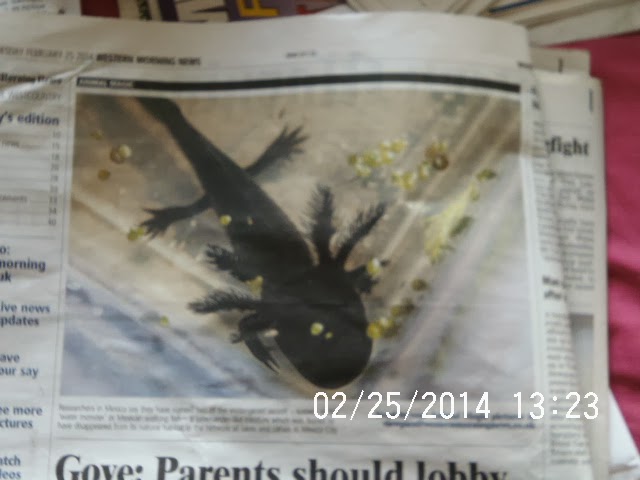- Fossils found in Greenland reveal marine animals used facial appendages to filter food from the ocean
- Forefathers of today's whales swam using flaps on the sides of their body
- Large appendages in front of their mouths could also capture larger prey
- The fossils revealed they then evolved into suspension feeders and their grasping appendages morphed into a filter
Fossils found in northern Greenland show that ancient, giant marine creatures used bizarre, whale-like facial appendages to filter food from the ocean.
The study described how the strange species, named Tamisiocaris, used huge,






